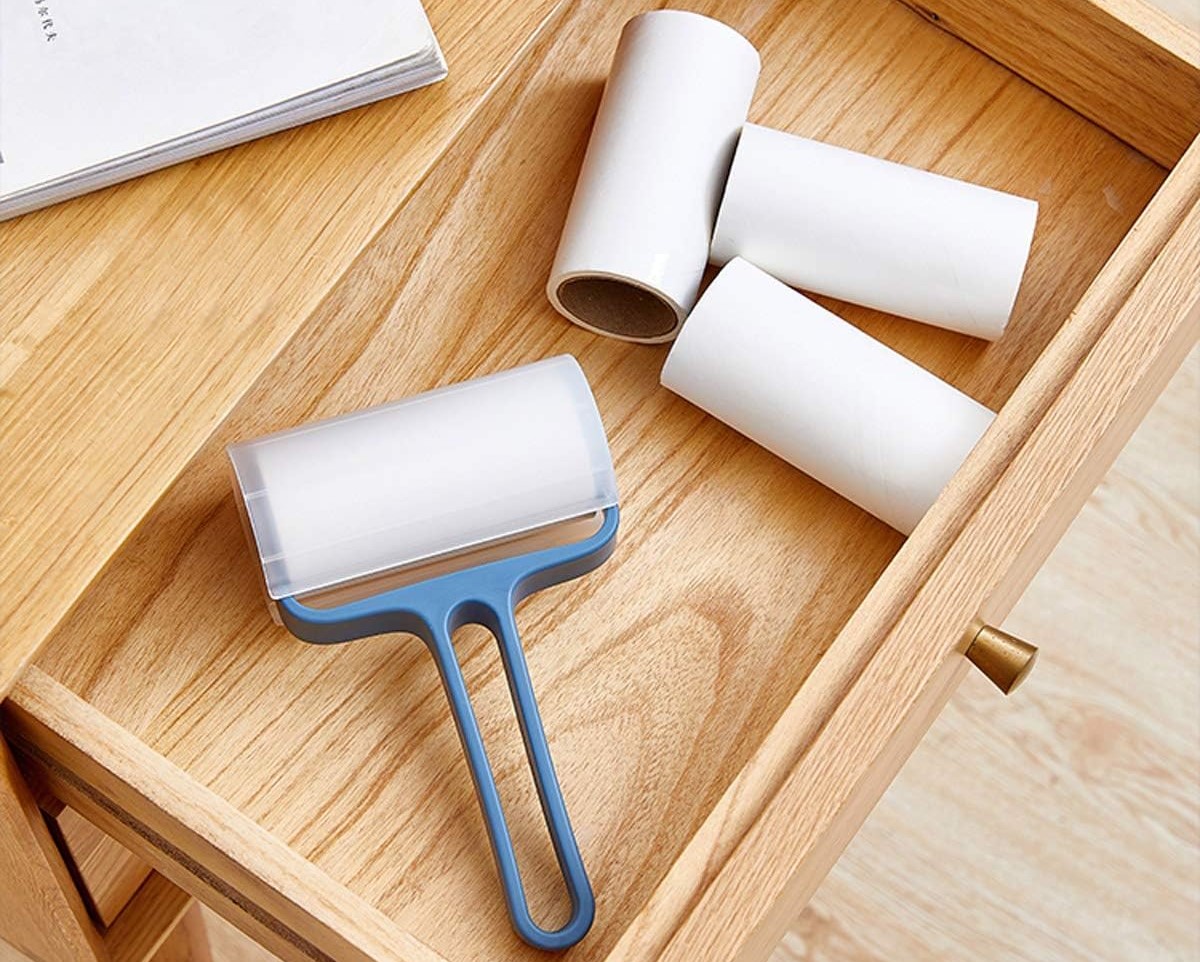

Articles
How To Store Lint Roller
Modified: January 5, 2024
Learn how to properly store lint rollers and keep them in great condition with these helpful articles. Find out the best techniques to preserve the stickiness and durability of your lint roller.
(Many of the links in this article redirect to a specific reviewed product. Your purchase of these products through affiliate links helps to generate commission for Storables.com, at no extra cost. Learn more)
Introduction
Welcome to our comprehensive guide on how to store your lint roller properly. Whether you use a lint roller to remove pet hair, dust, or lint from your clothes or furniture, proper storage is essential to ensure its effectiveness and longevity. In this article, we will discuss the importance of proper storage and provide helpful tips on how to store your lint roller to maintain its functionality. So, let’s dive in!
A lint roller is a handy tool designed to quickly and efficiently remove unwanted debris from various surfaces. It utilizes adhesive sheets that trap and lift the lint, hair, or dust particles, making it an essential item in many households. However, simply owning a lint roller is not enough; you need to store it properly to ensure it remains in optimal condition for future use.
Improper storage of your lint roller can lead to a decrease in its adhesive power and shorten its lifespan. It is crucial to protect the adhesive sheets from dust, moisture, and other elements that could compromise their effectiveness. Additionally, storing your lint roller correctly will make it easily accessible when you need it, saving you time and frustration.
In the following sections, we will discuss the factors to consider when storing a lint roller, common mistakes to avoid, and the proper techniques for storing your lint roller to extend its lifespan. By following these tips, you can ensure your lint roller remains in excellent condition, ready to tackle any lint or pet hair dilemma that comes your way!
Key Takeaways:
- Proper storage of lint rollers is crucial to maintain adhesive effectiveness, prevent damage, and ensure accessibility. Follow storage tips to extend the lifespan and keep lint rollers ready for use.
- Avoid common storage mistakes, such as exposure to dust and moisture, to maintain lint roller effectiveness. Regular cleaning and proper storage location are key to maximizing lint roller lifespan.
Read more: How To Store A Lint Roller
Why is Proper Storage Important?
Proper storage of your lint roller is crucial for several reasons. Let’s explore why it is essential to store your lint roller correctly:
- Maintains adhesive effectiveness: The adhesive sheets on your lint roller are its primary assets. Proper storage helps protect them from dust, lint, and other particles that can reduce their stickiness. By storing your lint roller in a clean and secure location, you can ensure that the adhesive remains strong and effective for future use.
- Preserves the lifespan of the lint roller: When not stored properly, lint rollers can accumulate dirt and debris, causing them to deteriorate faster. By providing suitable storage conditions, such as a dust-free environment and protection from extreme temperatures and humidity, you can extend the lifespan of your lint roller and maximize its usage.
- Prevents damage to handle and frame: While the adhesive sheets are the main focus when it comes to storage, it is equally important to protect the handle and frame of your lint roller. Proper storage prevents accidental damage, such as bending or breaking, which can render the lint roller unusable.
- Keeps the lint roller readily accessible: By storing your lint roller in a designated place, you can easily locate it when needed. This saves time and frustration, especially when you have a last-minute lint emergency or need to quickly freshen up your outfit before an important event.
- Reduces the chance of cross-contamination: Some lint rollers are designed for specific purposes, such as removing pet hair or dust. Proper storage ensures that your lint roller remains clean and free from cross-contamination. By storing different lint rollers separately, you can prevent the transfer of unwanted debris from one surface to another.
Overall, proper storage is essential for maintaining the adhesive effectiveness, preserving the lifespan, preventing damage, ensuring accessibility, and reducing the chance of cross-contamination. By following the tips in this guide, you can store your lint roller effectively and enjoy its benefits for a long time to come.
Factors to Consider When Storing a Lint Roller
When it comes to storing your lint roller, there are several factors to consider. By taking these factors into account, you can ensure that your lint roller remains in optimal condition and ready for use. Here are the key factors to consider when storing a lint roller:
- Cleanliness: Before storing your lint roller, make sure it is clean and free from any debris. This will prevent dirt and particles from accumulating in the storage area and potentially transferring onto the adhesive sheets.
- Adhesive protection: The adhesive sheets on the lint roller are its most important component. To protect them, avoid storing your lint roller in dusty or dirty areas. It’s also a good idea to store it away from direct sunlight, as prolonged exposure to sunlight can weaken the adhesive.
- Container or cover: Consider using a container or cover to protect your lint roller. This can be a plastic case specifically designed for lint rollers or a sealable plastic bag. The container or cover will keep your lint roller clean and shield it from dust, moisture, and other elements that can affect its adhesive quality.
- Storage location: Choose a suitable location for storing your lint roller. It should be a clean, dry, and easily accessible area. Avoid storing it near sources of heat or humidity, such as radiators or bathroom cabinets, as this can affect the adhesive performance and reduce the lifespan of your lint roller.
- Separate storage: If you use multiple lint rollers for different purposes, such as one for clothes and another for furniture, consider storing them separately. This prevents cross-contamination and ensures that each lint roller remains clean and effective for its intended use.
- Hanging options: Some lint rollers come with a hanger hole at the end of the handle. Take advantage of this feature by hanging your lint roller in a designated storage area. This not only keeps it organized but also allows it to air out and dry if it becomes damp.
- Labeling: If you have multiple lint rollers or other similar tools, labeling them can help you easily identify the one you need. Use a label maker or adhesive labels to mark the purpose or specific use of each lint roller, making it convenient to grab the right one when needed.
By considering these factors when storing your lint roller, you can ensure its adhesive sheets remain clean and sticky, extend its lifespan, and have it readily available for your lint-removing needs.
Common Mistakes to Avoid in Lint Roller Storage
Proper storage of your lint roller is essential for maintaining its effectiveness and prolonging its lifespan. However, there are some common mistakes to avoid when it comes to lint roller storage. By being aware of these mistakes, you can ensure that your lint roller remains in optimal condition. Here are the common mistakes to avoid:
- Leaving the lint roller exposed: One of the most common mistakes is leaving your lint roller exposed to dust, dirt, and other particles. When not in use, always cover your lint roller with a protective case, container, or sealable bag to prevent debris from settling on the adhesive sheets.
- Storing the lint roller in a humid or damp area: Humidity and moisture can affect the adhesive quality of your lint roller. Avoid storing it in areas like bathrooms or near sources of moisture. If your lint roller does become damp, allow it to air dry before placing it back in storage.
- Storing the lint roller near a heat source: Heat can also impact the adhesive on the lint roller. Avoid storing it near radiators, heaters, or other heat sources that can cause the adhesive to weaken or melt.
- Not cleaning the lint roller before storing: It’s important to clean your lint roller before storing it. This removes any debris or residue that may have accumulated during use. Use a clean cloth or your hand to gently remove any lint or particles from the adhesive sheets.
- Allowing pets or children near the lint roller: Pets and young children are naturally curious and may mistake the lint roller for a toy. To avoid damage or accidental ingestion, store your lint roller out of reach and in a secure location.
- Storing different types of lint rollers together: If you have lint rollers specifically for different purposes, such as one for pet hair and one for clothing, avoid storing them together. This prevents cross-contamination and ensures that each lint roller remains clean and effective for its intended use.
- Overloading the adhesive sheets: While lint rollers are designed to be sticky, it’s important not to overload the adhesive sheets. If the sheets become overly lint-covered or saturated, their effectiveness may decrease. Replace or clean the adhesive sheets as needed to maintain optimal performance.
By avoiding these common mistakes, you can prolong the lifespan of your lint roller, maintain its adhesive effectiveness, and ensure that it’s always ready to tackle lint and debris with ease.
To store a lint roller, keep it in a clean, dry place away from direct sunlight and moisture. Consider using a small container or drawer to keep it easily accessible and free from dust and debris.
How to Store a Lint Roller Properly
Storing your lint roller properly is vital to keep it clean, maintain its adhesive effectiveness, and prolong its usefulness. Follow these steps to store your lint roller correctly:
- Clean the lint roller: Before storing, make sure to clean your lint roller. Use a clean cloth or your hand to remove any lint or debris from the adhesive sheets. This ensures that you’re not storing any unwanted particles along with it.
- Protect the adhesive sheets: The adhesive sheets are the heart of your lint roller. Preserve their stickiness by covering them with a protective case, container, or sealable bag. This shields them from dust and other elements that can compromise their adhesive quality.
- Choose a suitable storage location: Select a clean, dry, and easily accessible area for storing your lint roller. Ensure that the location is away from direct sunlight, heat sources, and moisture, as these factors can weaken the adhesive and deteriorate the lint roller.
- Consider hanging options: If your lint roller has a hanger hole at the end of the handle, take advantage of it. Hang the lint roller on a hook or hanger, as this not only keeps it organized but also allows it to air out and dry if it becomes damp.
- Label multiple lint rollers: If you have multiple lint rollers for different purposes, labeling them can help you easily identify the one you need. Use a label maker or adhesive labels to mark the purpose or specific use of each lint roller. This prevents confusion and saves time when searching for the right one.
- Store lint rollers separately: When you have lint rollers for specific tasks, such as one for clothing and another for furniture, store them separately. This avoids cross-contamination and ensures that each lint roller remains clean and effective for its intended purpose.
- Regularly check and replace adhesive sheets: Over time, the adhesive sheets can become less effective due to lint buildup or wear. Regularly inspect your lint roller and replace the adhesive sheets as needed. This ensures that the lint roller retains its optimal performance and adhesive power.
- Keep it away from pets and children: To prevent damage or accidental ingestion, store your lint roller in a secure location that is out of reach of pets and young children. This ensures the safety of everyone involved and maintains the lint roller’s longevity.
By following these storage tips, you can keep your lint roller clean, protect its adhesive sheets, and ensure that it remains in excellent condition for future use. A well-maintained lint roller will be ready to tackle lint, hair, and dust whenever needed!
Read more: How To Store Sticky Lint Roller
Tips for Extending the Lifespan of Your Lint Roller
To get the most out of your lint roller and ensure its longevity, follow these helpful tips for extending its lifespan:
- Clean the lint roller regularly: After each use, clean the adhesive sheets of your lint roller. Gently remove any lint, hair, or debris that has accumulated, either by using your hand or a clean cloth. This prevents the buildup of residue and maintains the stickiness of the adhesive sheets.
- Replace adhesive sheets when necessary: Over time, the adhesive sheets on your lint roller will lose their effectiveness. If you notice that the sheets no longer pick up lint or debris as well as they used to, it’s time to replace them. Most lint rollers come with replacement rolls or sheets that you can easily install.
- Avoid excessive pressure: Pressing too hard when using a lint roller may cause the adhesive to lose its stickiness or tear the sheets. Use a gentle, rolling motion when using the lint roller on surfaces to avoid excessive pressure.
- Store it properly: We’ve already discussed the importance of proper storage, but it’s worth emphasizing again. Store your lint roller in a clean, dry, and protected location. Keep it covered to prevent dust and debris from settling on the adhesive sheets, and ensure it is away from heat and moisture.
- Use it for its intended purpose: Lint rollers are designed for specific tasks, such as removing lint, hair, or dust from clothing or furniture. Avoid using your lint roller for purposes it was not designed for, as this can shorten its lifespan or compromise its effectiveness.
- Keep it away from liquids: Moisture can damage the adhesive sheets on your lint roller. Avoid exposing it to liquids, such as water or cleaning solutions. If your lint roller does get damp, allow it to air dry completely before using or storing it.
- Don’t overuse: While lint rollers are convenient tools, try not to overuse them in one session. Giving the adhesive sheets a break between multiple uses allows them to maintain their stickiness for longer. If you have a lot of lint or debris to remove, consider using multiple lint rollers or cleaning the sheets in between.
- Inspect before each use: Before using your lint roller, inspect it for any damage or wear. Ensure that the handle is securely attached and that the adhesive sheets are intact. If you notice any issues, address them before using the lint roller to prevent further damage or inefficiency.
By following these tips, you can maximize the lifespan of your lint roller, ensuring its adhesive remains strong and effective for a longer period. With proper care and maintenance, your lint roller will be a reliable tool for keeping your clothes and surfaces lint-free!
Conclusion
A lint roller is a versatile tool that helps us quickly eliminate lint, hair, and debris from our clothing and furniture. To ensure its effectiveness and longevity, proper storage is key. By following the tips and guidelines outlined in this article, you can store your lint roller in a way that preserves its adhesive power and extends its lifespan.
We discussed the importance of proper storage, including the maintenance of adhesive effectiveness, the preservation of the lint roller’s lifespan, and the prevention of damage to the handle and frame. Storing your lint roller in a suitable location, protecting it with a container or cover, and keeping it separate from other lint rollers were also highlighted.
In addition, we covered some common mistakes to avoid, such as leaving the lint roller exposed to dust, storing it in humid areas, and not cleaning it before storage. By steering clear of these mistakes, you can ensure your lint roller remains in optimal condition.
Furthermore, we provided several tips for extending the lifespan of your lint roller. From regular cleaning and proper replacement of adhesive sheets to gentle usage and careful storage, these tips will help you get the most out of your lint roller.
In conclusion, by taking the time to store your lint roller properly and implement these tips, you can enjoy the long-lasting effectiveness of this essential tool. A well-maintained lint roller will be ready to tackle any lint or pet hair emergency, keeping your clothes and furniture looking clean and tidy. So, store your lint roller with care and enjoy its lint-removing capabilities whenever you need them!
Frequently Asked Questions about How To Store Lint Roller
Was this page helpful?
At Storables.com, we guarantee accurate and reliable information. Our content, validated by Expert Board Contributors, is crafted following stringent Editorial Policies. We're committed to providing you with well-researched, expert-backed insights for all your informational needs.
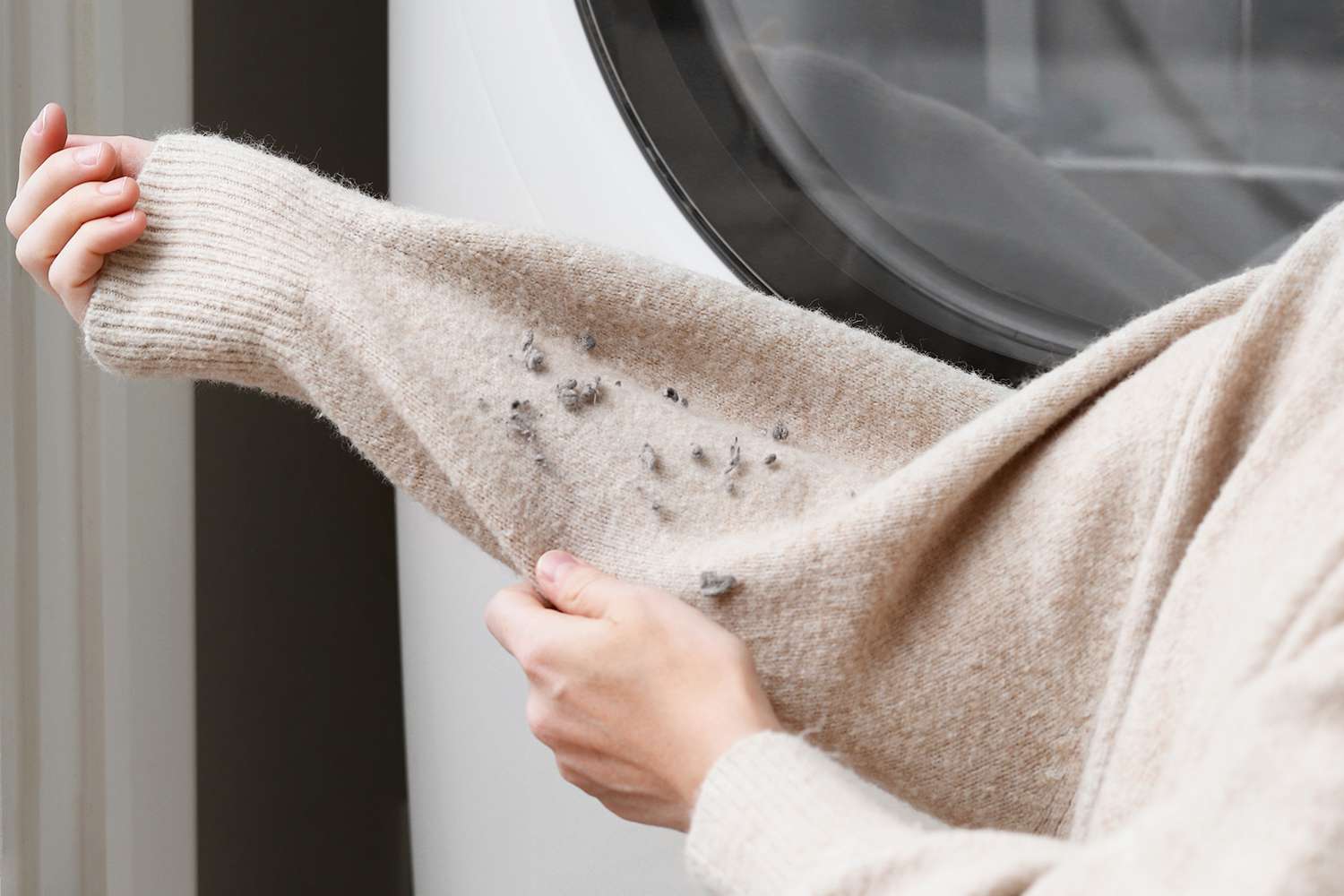
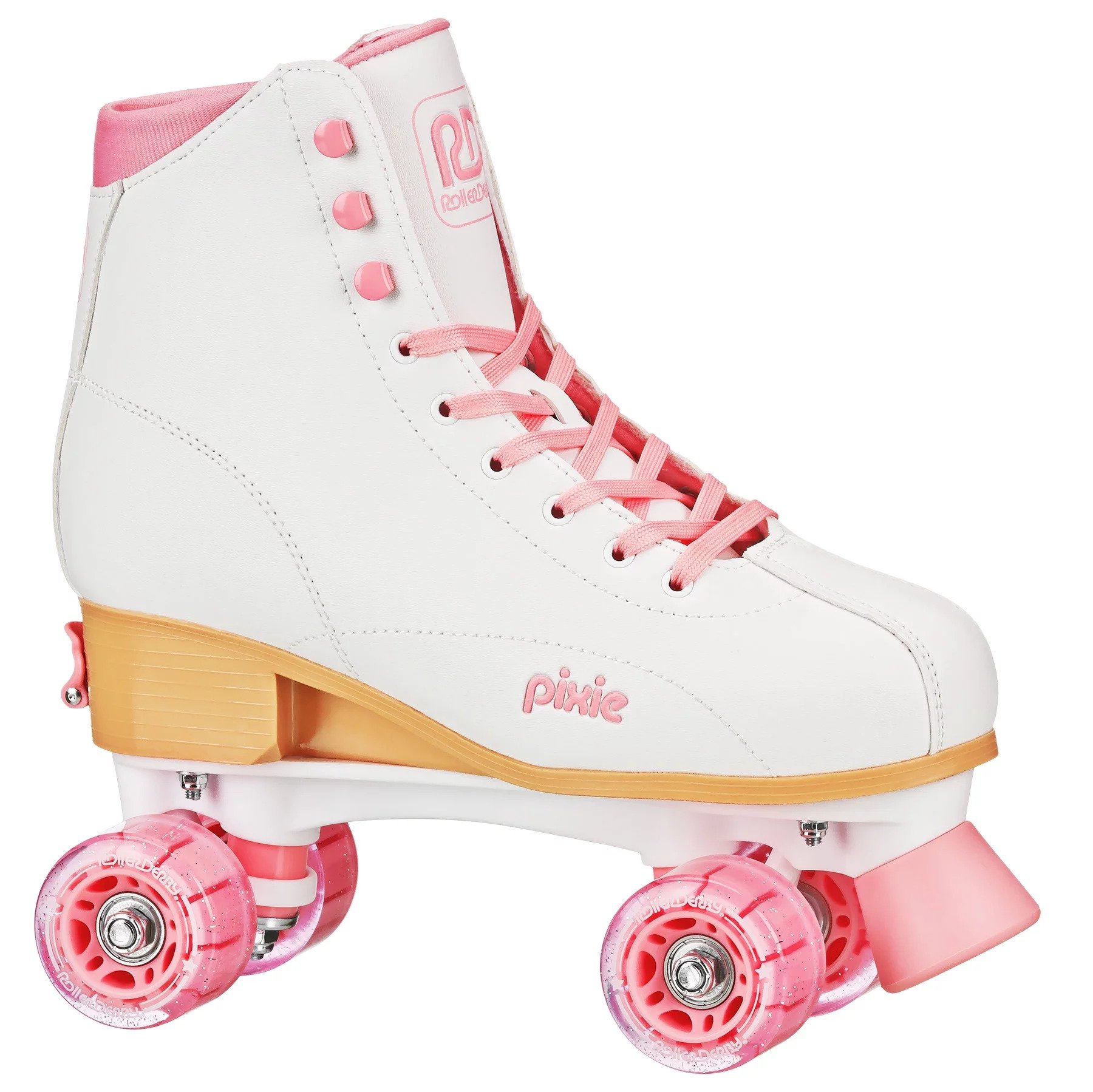

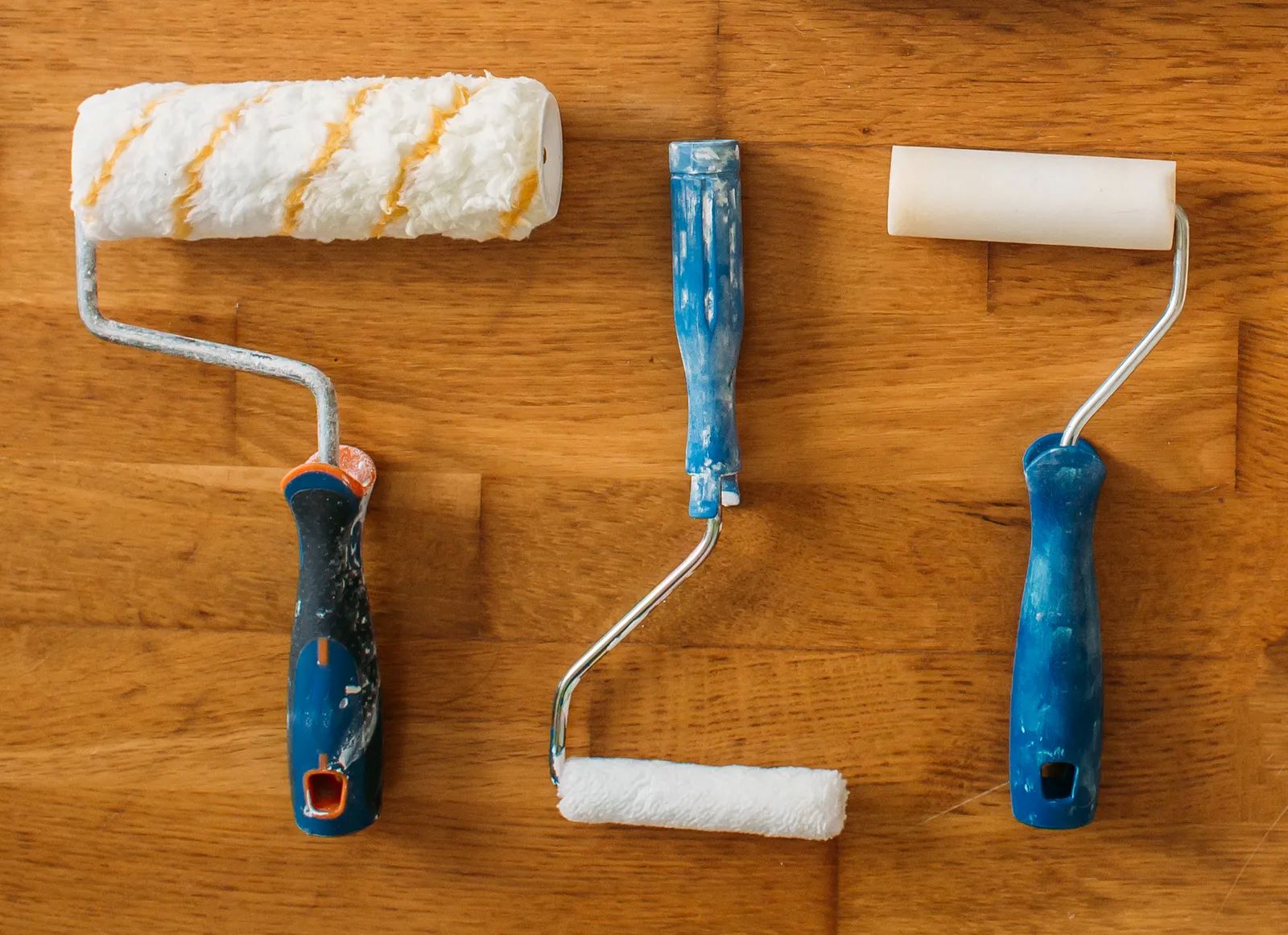
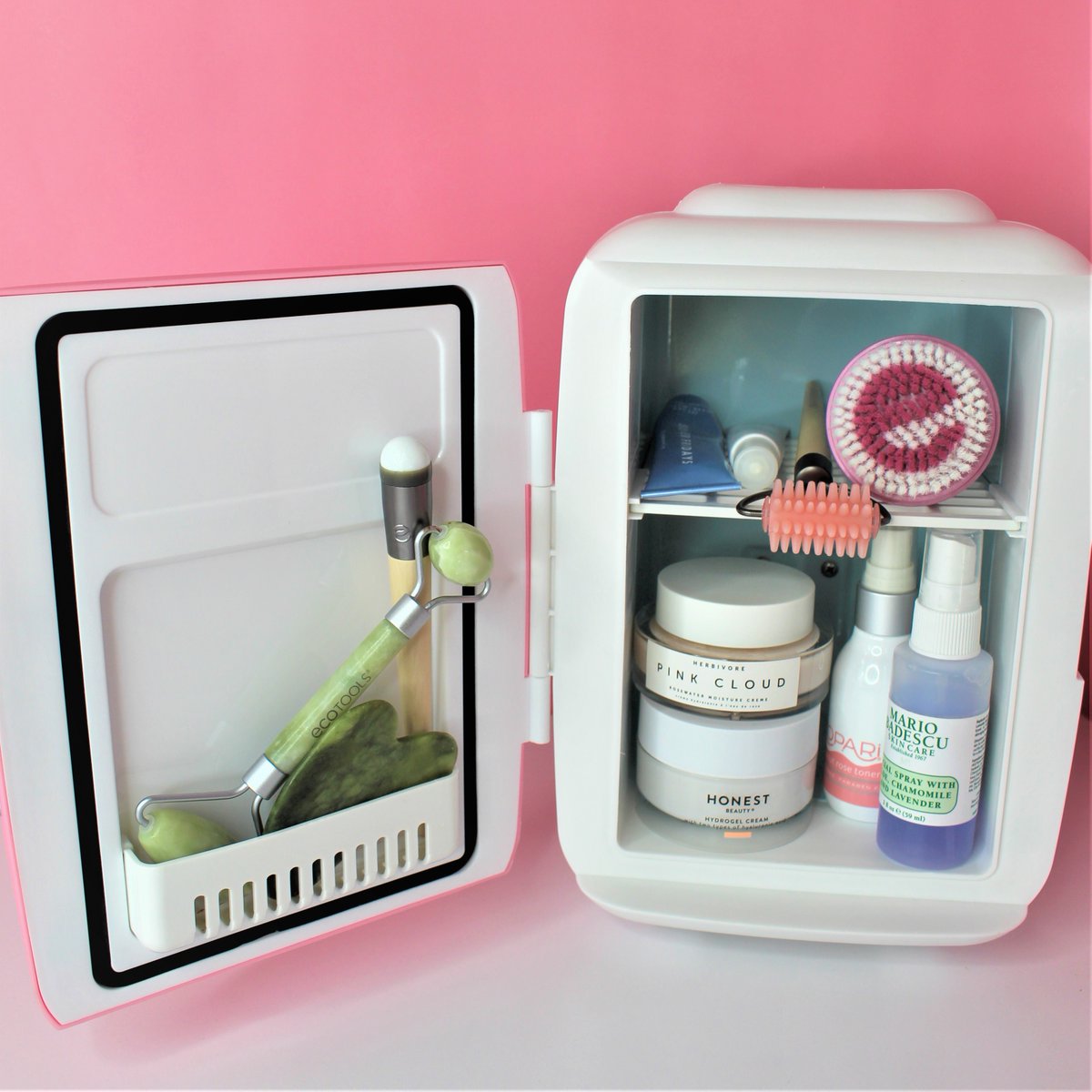
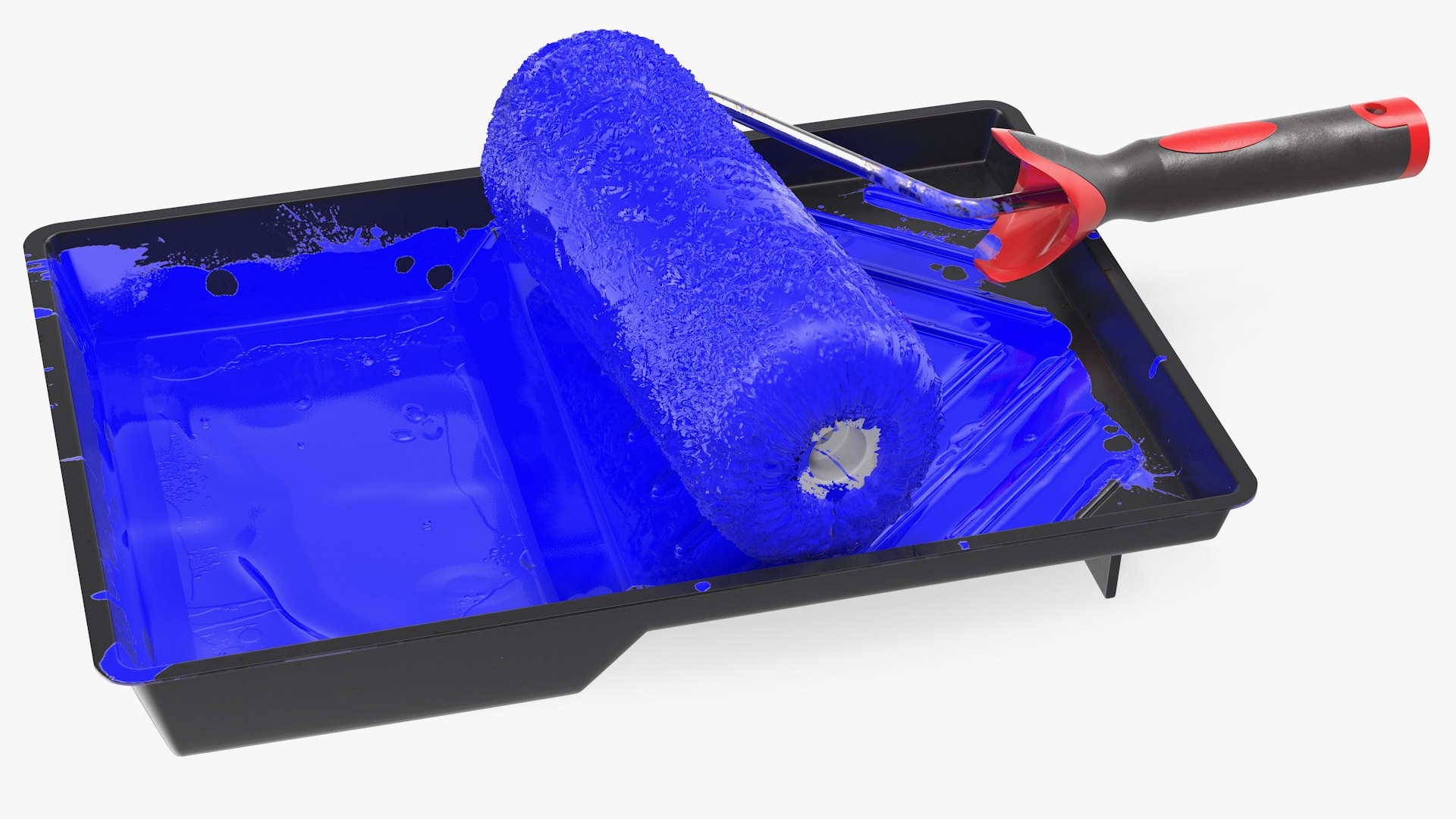
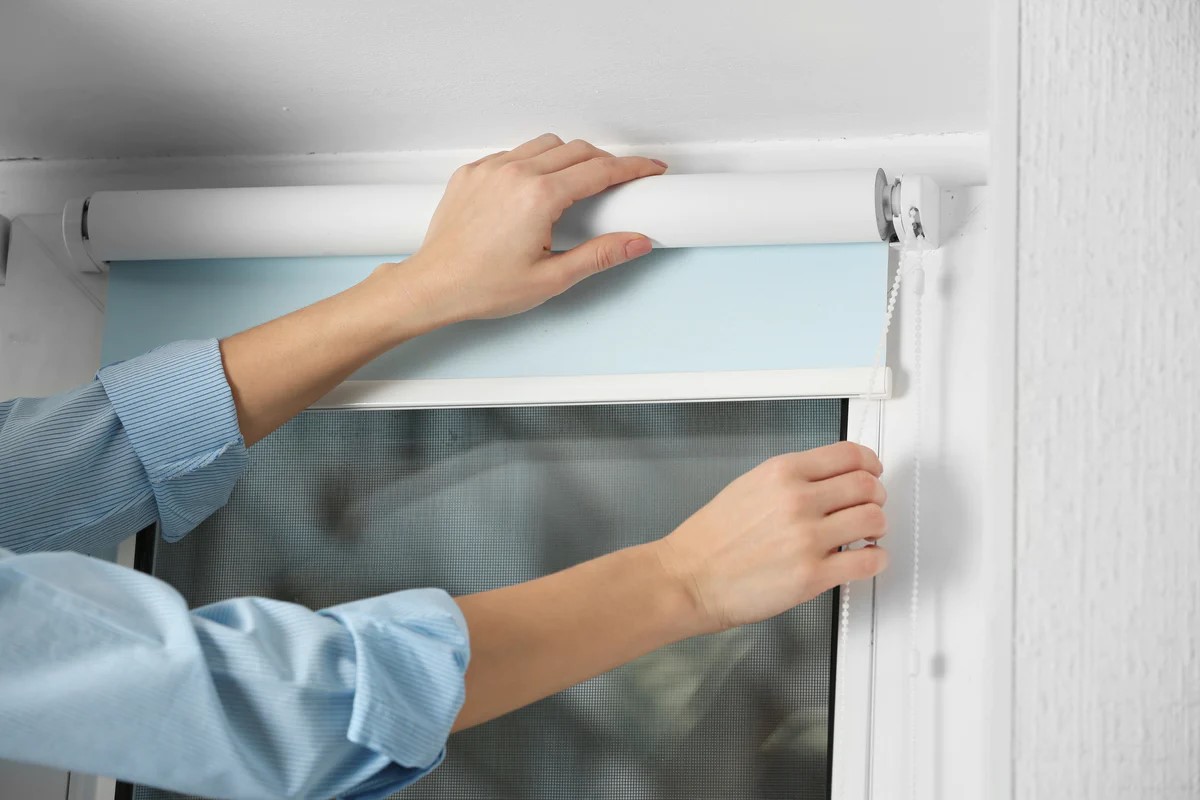

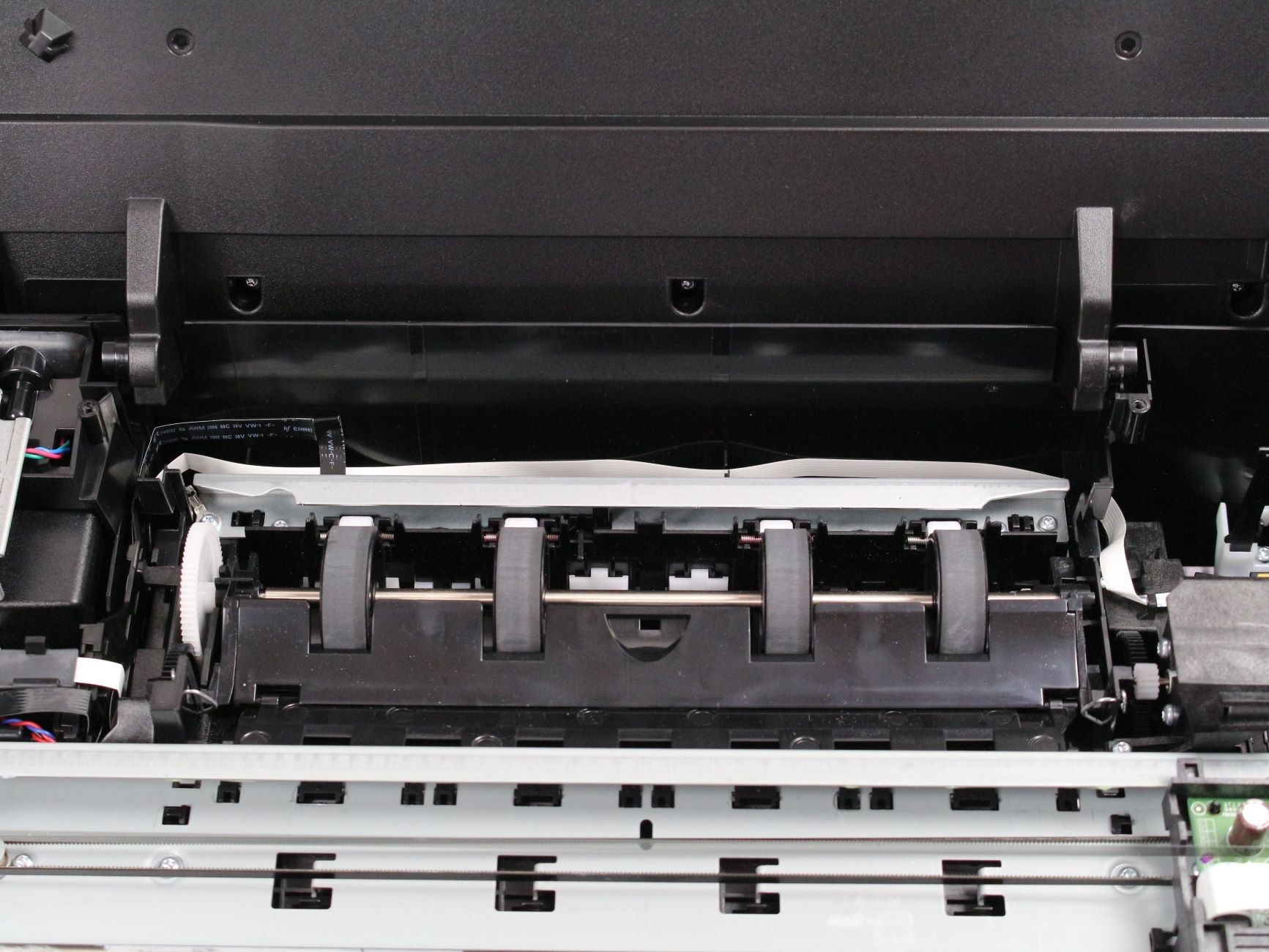
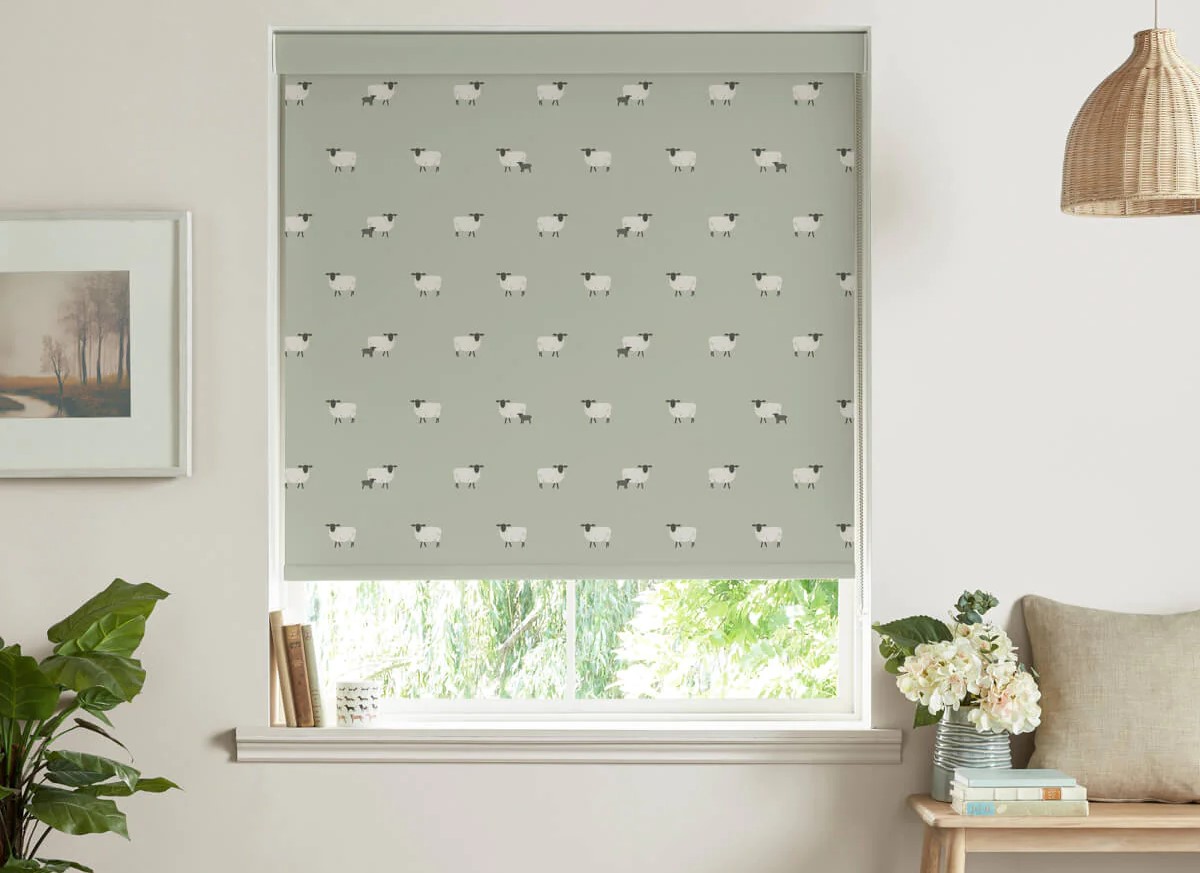

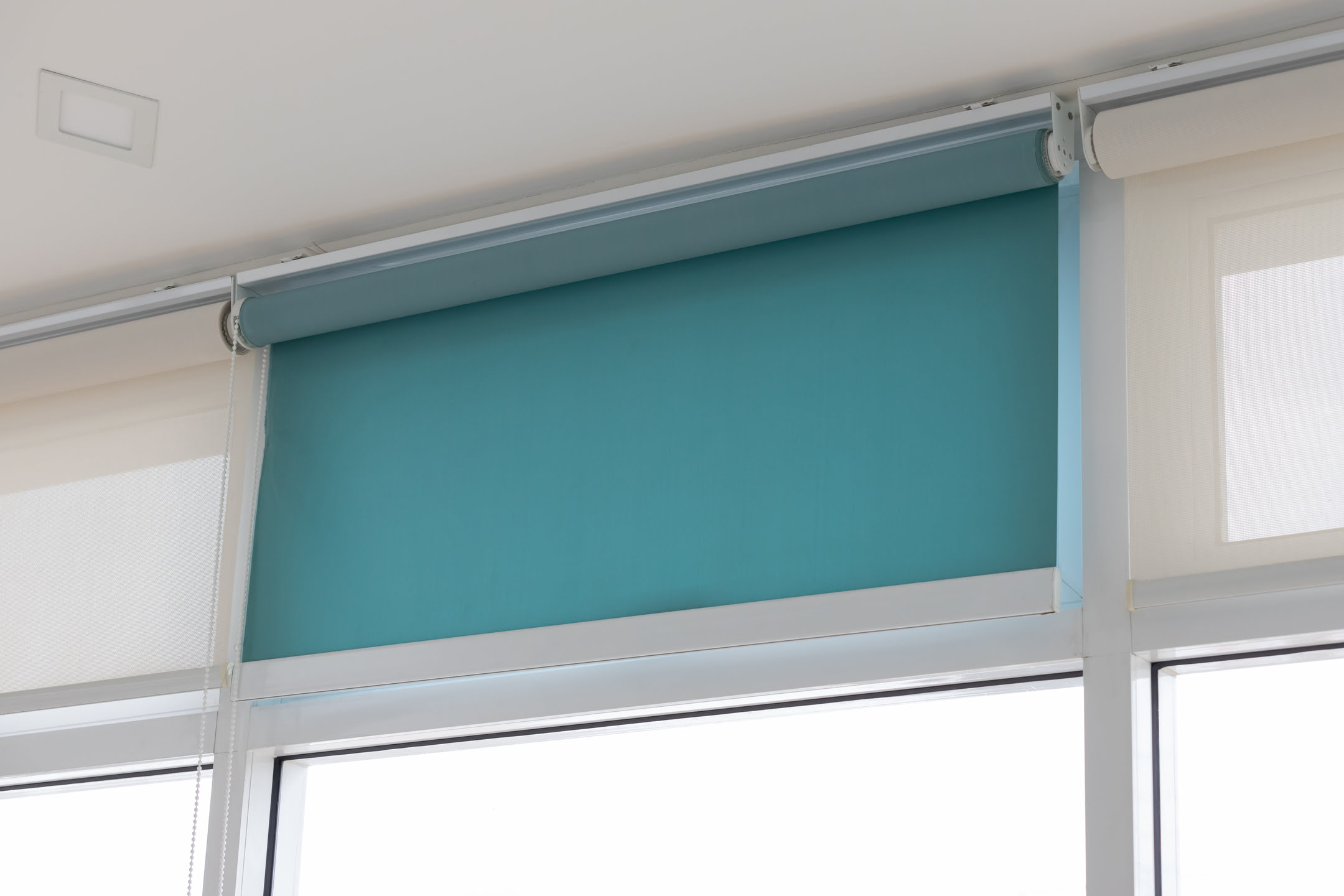
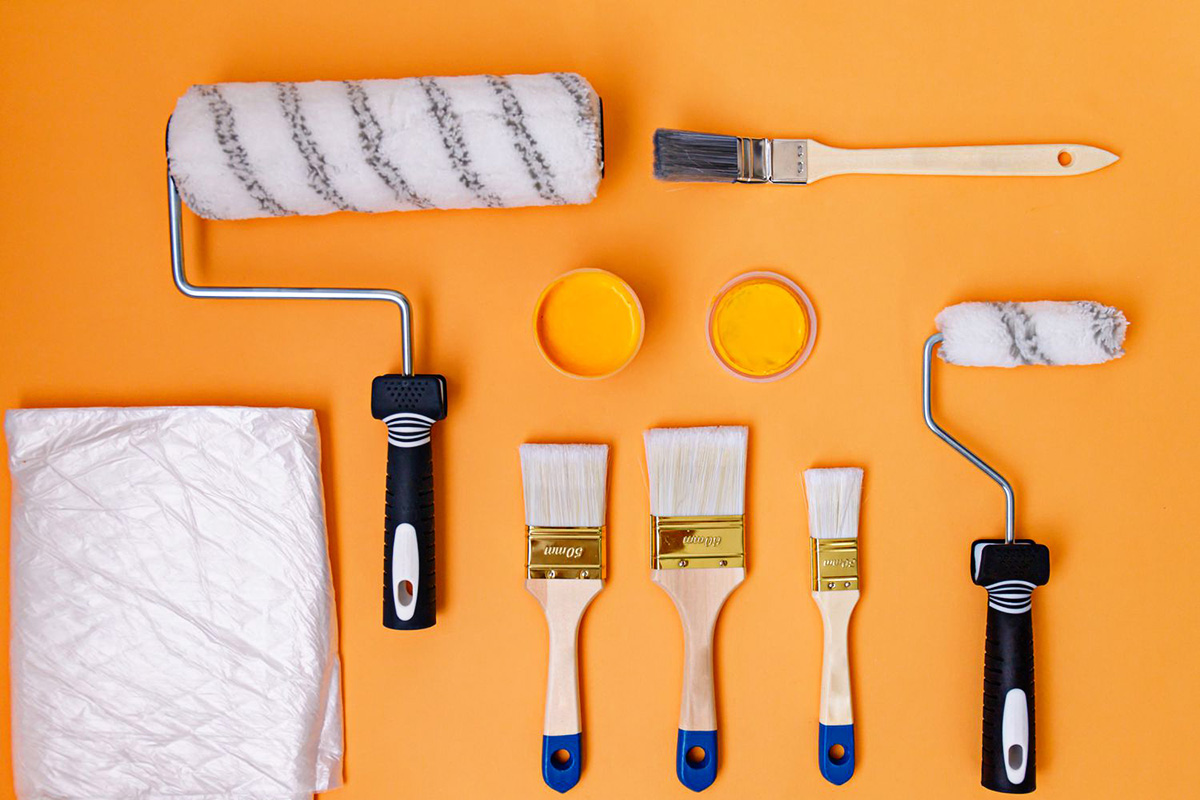
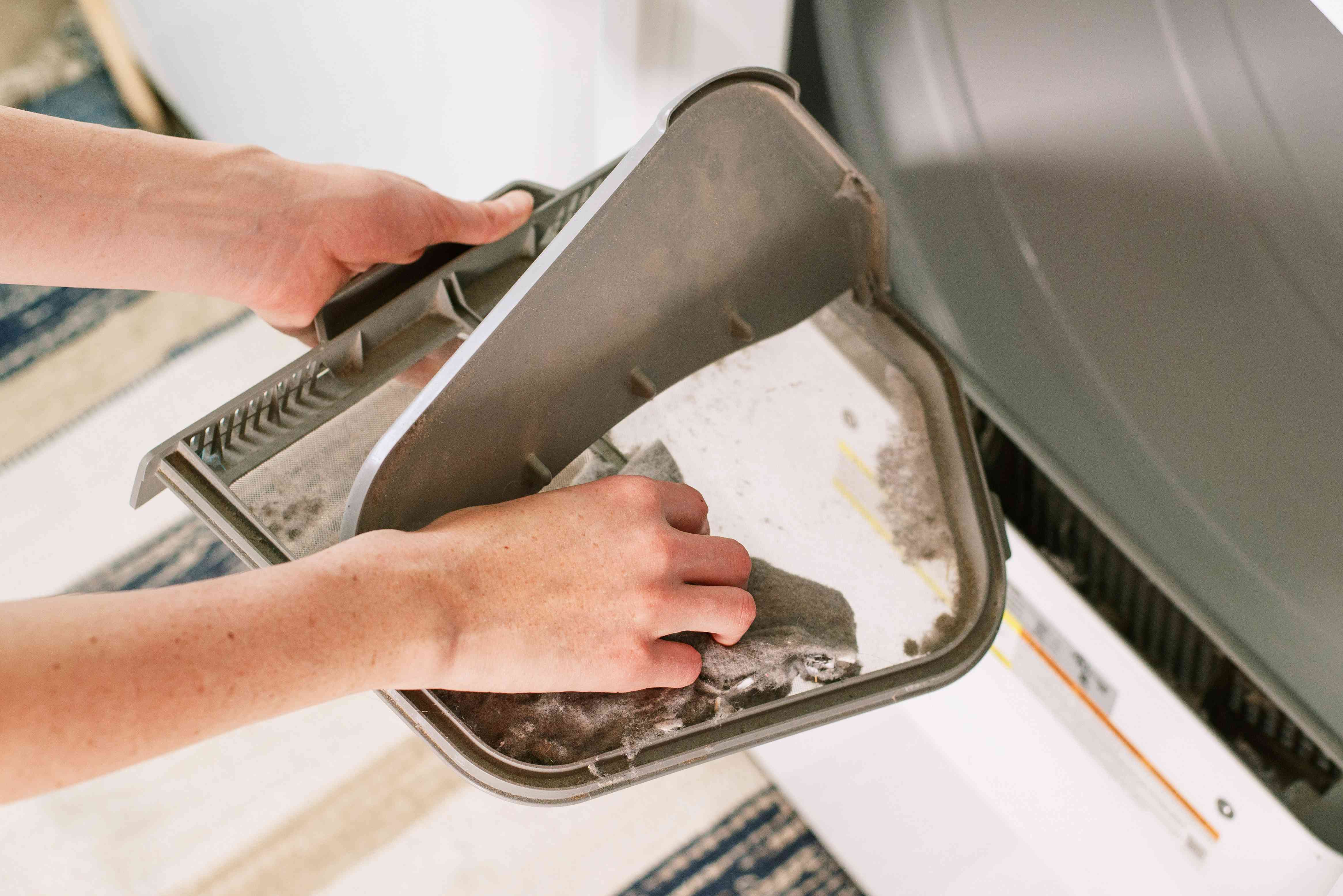

0 thoughts on “How To Store Lint Roller”